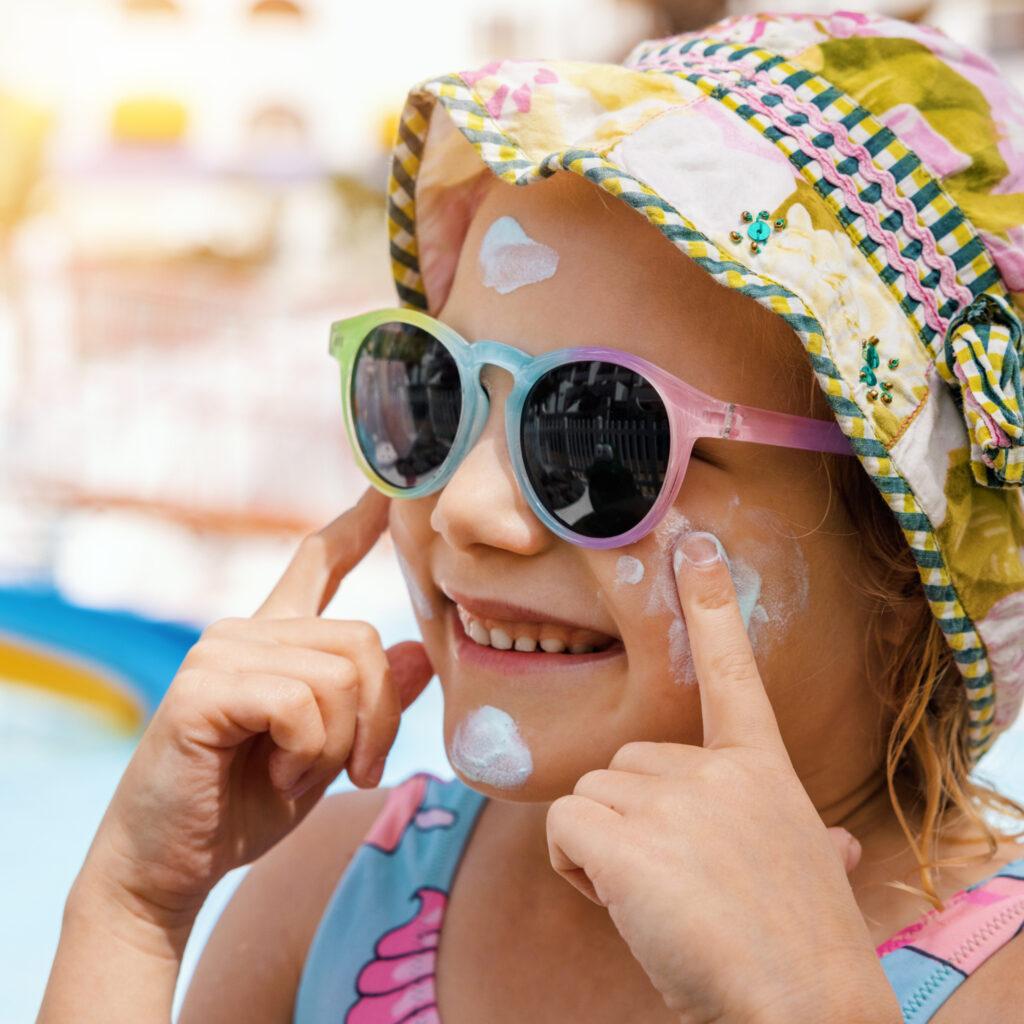The sun is an irreplaceable source of energy, precious for the health of adults and even children. However, if taken excessively and without control, it can expose the skin to many risks. This is why it is important to be cautious, use the right protection and follow some basic rules.
“I want to sunbathe. It's next quarter's schedule” he wrote Young people in his song Summer.
Spending a lot of time outdoors, going to the beach or swimming pool in good weather is enjoyed by everyone, young and old. Exposure to the sun, then, can give many benefits to the skin and for health, such as the production of vitamin D and improved mood, but it is very important to sunbathe in a safe and controlled way to avoid the risks and damage caused by UV rays.
UV rays and skin risks
Ultraviolet rays and in particular, the UV rays of type B they are the main ones responsible for sunburn solar anderythema sun, while the UV rays of type A they penetrate deeper into the skin and are the cause ofskin aging early.
UV rays damage the skin because they interact with skin cells causing damage to DNA and other cellular molecules. In particular, the UV-B ones are very energetic and can cause direct damage by increasing the risk of mutations, the cause of skin cancer.
In response to exposure to ultraviolet rays, the skin produces the melanin, the pigment that allows us to show off the much desired tan.
Melanin helps protect the skin but he is unable to do so completely. When the skin is exposed to levels of UV rays that exceed the protective capacity of melanin, sunburn or, in more serious cases, sunburn can occur.
Sun and children: help for growth
The sun is good for children because it helps synthesize vitamin D, an essential nutrient for bone health and for growth. Vitamin D is naturally produced by the skin when we are exposed to sunlight and has an important role not only for bones but even for the teeth: helps the body absorb calcium and phosphorus. Furthermore, it is also important in regulating the immune system and in reduction of inflammation. Taking children to the sea is a habit that has been handed down for generations both to breathe the salty air and to have all the benefits for the skin and finally, to play and have fun.
The important thing is to do it responsibly by following all the rules that help you avoid running any risks: sun cream with high protection (for children SPF 50), times and suitable clothing are the first rules to follow!
Why does the sun make us happy?
Sun exposure can actually have a positive effect on our mood and make us feel happy. This is due precisely to the production of vitamin D which helps regulate levels serotonin, a neurotransmitter associated with the mood regulation, and can therefore also help reduce stress and anxiety.
Exposure to the sun also increases the production of endorphins, chemicals produced by the brain that have the effect of inducing a pleasant sensation of euphoria and well-being.
The positive effects of the sun also concern children who are older energetic And happy.
Then there are all the aesthetic benefits. The sun, if taken well, helps reduce skin imperfections such asacne. It hides small scars or unaesthetic marks and makes the skin more uniform.
Finally, a slight tan provides a natural protection to sunburn.
The rules for sunbathing
Always having a broad-spectrum sunscreen with you with a sun protection factor (SPF) suited to your skin type or exposure period is essential to protecting your skin. The cream must be applied 30 to 15 minutes before to go under the sun. The application goes repeated at least every two hours and after sweating or bathing. Often, in fact, it is not considered that the sweat tends to eliminate the protective patina of the cream.
Here are some rules to keep in mind:
- Choose the right time to sunbathe. Avoid the hottest hours of the day, i.e. from 11:00 to 16:00, when UV rays are most intense and harmful to the skin, while it is recommended to sunbathe during the early hours of the morning or the last hours of the afternoon , when the sun's rays are less intense.
- Wear protective clothing. Covering your skin when it is particularly hot may seem like excessive advice, yet, if you choose light clothes made with breathable material you expose your skin to much fewer risks and at the same time, you do not suffer from the heat. It is essential (particularly for children) to wear a hat and sunglasses. Although being outdoors helps develop sharper vision, you must always avoid direct exposure to sunlight which, on the contrary, can damage it.
– Expose your skin to gradual way. Excessive exposure should always be avoided. You should not be in a hurry to tan and start with short periods of exposure and then gradually increase duration and intensity.
- Maintain the hydrated skin. Always drink plenty of water and apply a moisturizer and after-sun cream regularly to keep your skin hydrated and protected.
– Avoid the use of sunbeds. Sunbathing naturally is safer and healthier for our skin.
Sunscreen with high functional power
In a previous article we talked about sunscreen based on honey which allows you to protect your skin from the damage that overexposure to the sun can cause and also helps to counter the effect of free radicals which accelerate the degradation process of cellular structures and promote rapid skin aging. The honey, in fact, is rich in antioxidant properties but also vitamins C, B2, B6, mineral salts and trace elements that hydrate the skin. It also has soothing and decongestant properties.
Here you can learn about all the properties of the honey-based solar line



